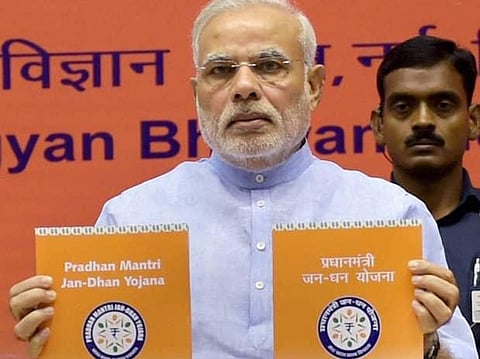A Banking Correspondent Agent usually earns 2% commission on every transaction, thus earning a monthly income of close to Rs. 2,000. With such low incomes and a tough job environment, these correspondents frequently give up their jobs. In fact, according to a recent survey by the RBI, almost 47% BCAs are missing from their jobs. There have also been instances where these BCAs have demanded illicit service charge from the rural customers. Such commissions are charged for a number of services including withdrawing money and loan processing. The current strength of BCAs, according to the RBI, is close to 3 lakh but their impact is still far from satisfactory. While the Government plans to increase the number of BCAs, it would also result in an increased operating cost for the Banks.


